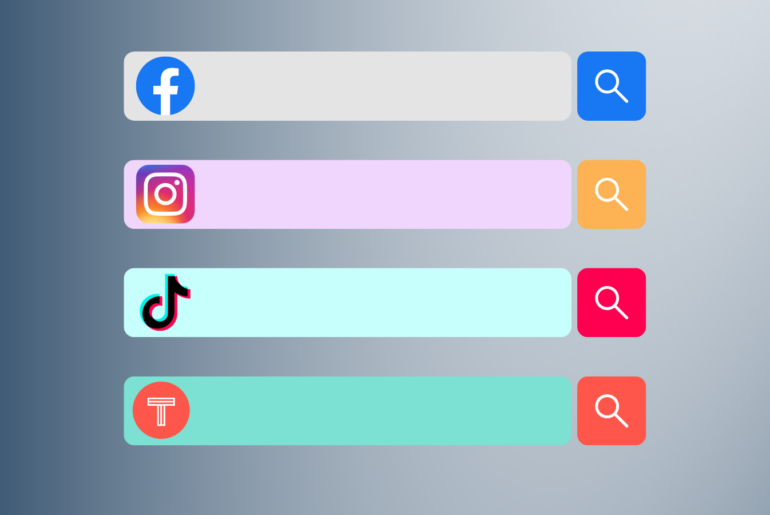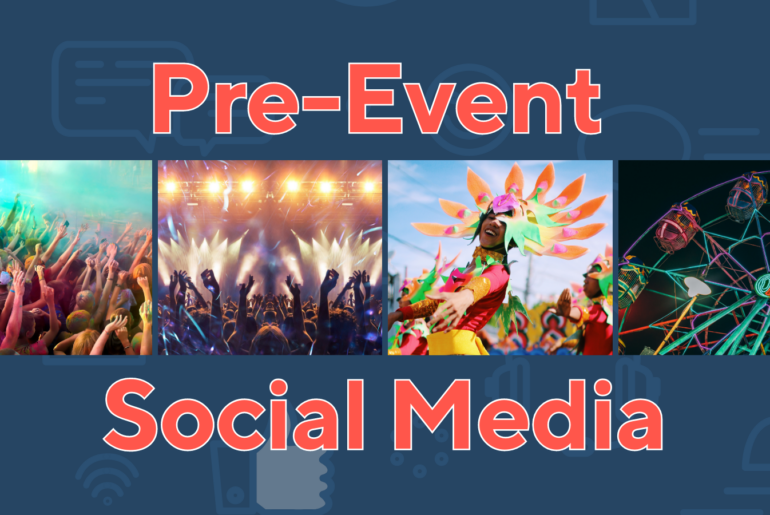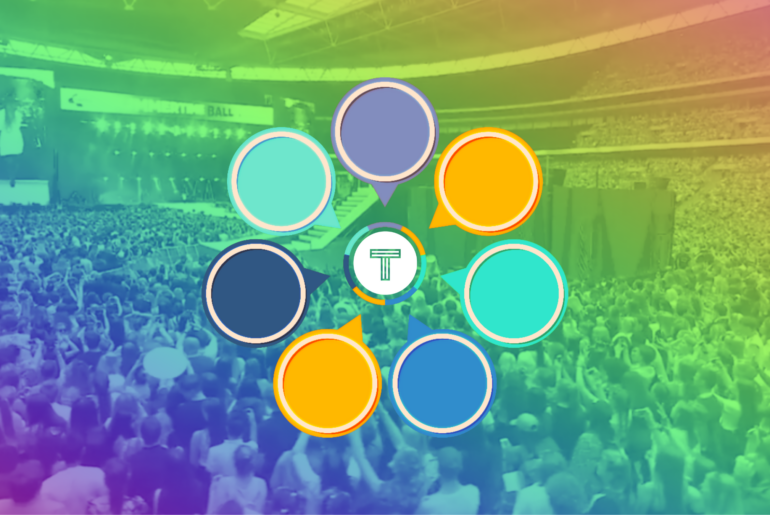“We need to stop interrupting what people are interested in & be what people are interested in.” -Craig Davis
My favorite thing about working with our trade show & event marketing customers is that they understand our solutions instantly and are always eager to try our product at their next event. I attribute this to the highly competitive environment event marketers must survive in. Put a hundred marketers in a room together with the newest gadgets and a corporate budget and you get a group of people who is quick to embrace innovation, and is enthusiastic to use new tools to be heard in a room full of noise. In the next decade, I am certain that there will be significant change in how event marketers establish relationships with their customers. Here are social media event marketing predictions and trends I see happening in the near future:
Social Media Integration becomes a necessity.
If the past decade allowed us to become familiar with social media, it is this next decade where we will expect social media to be integrated into every facet of an event. The reason for this is because 1. Events are inherently social. 2. Event organizers and marketers are highly adoptive of new technology. Today, checking into an event through a social network or using an app to connect with fellow attendees feels new and refreshing, but I predict that in the next decade, such functionality will be seen as a necessity, no different than a functional wi-fi connection or any other basic utility. Rich real-time displays will be standard for even relatively small events as competition drives prices to affordable levels.
Events Marketing Tools to Improve and Extend Face-to-Face Networking
Today, most brand messages coming from social media starts behind an electronic device. Whether it’s a digital billboard or a sponsorship message in the event’s app, this initial phase of event marketing involves looking at a screen. The recent ubiquity of mobile phones has taken this a step further. Everyone is guilty of strolling down a busy trade show floor looking at their phone instead of at fellow attendees. In the next decade, marketers will realize that the real opportunity created by an event is to get real face-to-face interaction between the brand and potential customers. As we transition out of a handheld device to less attention-interrupting devices such as Google Glass and its future competitors, I predict that a new category of event marketing tools will spring up to find novel ways to get people to stay away from screens and get them talking to flesh and blood brand representatives. Imagine a product like Bizzabo on Google Glass!
High Quality Content will trump Flash and Shiny
“The only way to win at content marketing is for the reader to say, ‘This was written specially for you’.” -Jamie Turner
A number of notable highly visible marketing ploys have been used at recent events such as: Samsung’s Cube Room at Barcelona Mobile Conference.
However, I predict that in the next decade, the focus on generating the next viral video or sensational display will eventually be superseded by an effort to cultivate a brand following with consistent, high quality content that is relevant to customers and widely available. Money can buy a thousand bouncy balls rolling down San Francisco, but big brands will realize that a greater following can be built for the same investment by producing quality content that doesn’t rely on a viral loop to bring a return. Think of Red Bull’s Red Bulletin or Go Pro’s Youtube Channel. Events can easily become a conduit for this content to reach the people who want it the most. E-book or company magazine subscriptions could become a boring but effective replacement to spectacular giveaways and contests. Quality content produces highly qualified leads and more importantly, a reputation in a specific vertical.
Increased Lead Generation Automation
At the beginning of this decade, we started with collecting business cards by hand. Now marketers scan trade show badges to get qualifying data. I predict this trend will continue in the future and a new family of products will compete to find novel ways to integrate companies’ CRM software to interactions between people at booths. Detailed data linked to potential customers’ social network identities will provide companies efficient and automated ways of determining if they are a likely customer, and automated marketing targeted specifically to their customer demographic will increase ROIs. This will allow representatives at booths to spend more time with the people that need it, and less time with those who have low potential of becoming a future customer.




